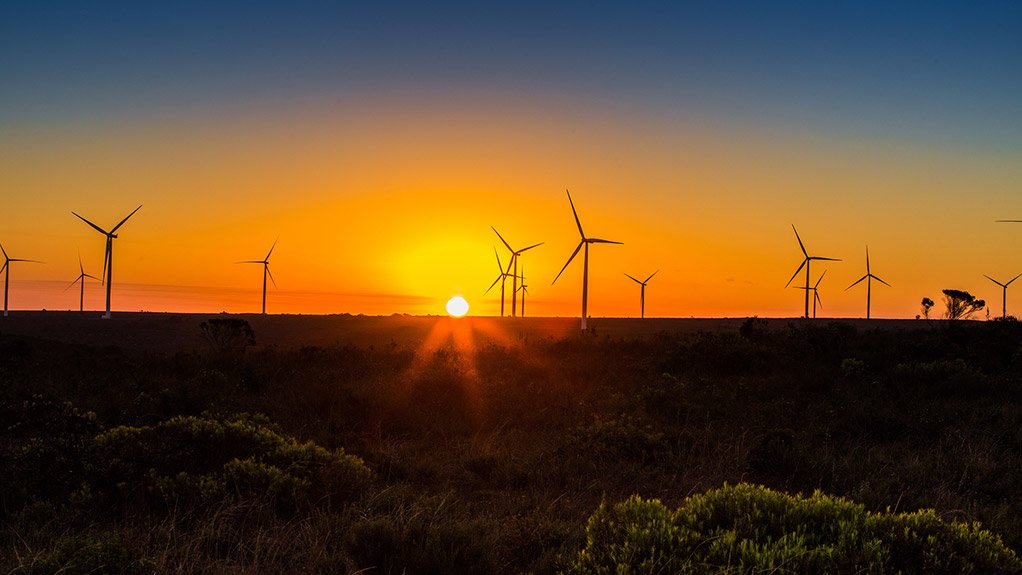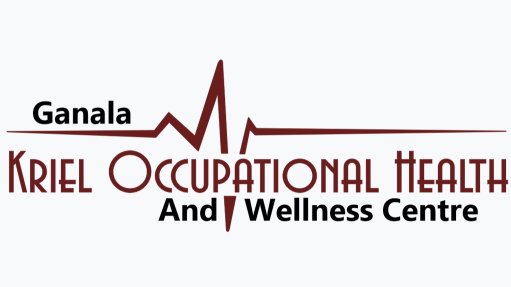Adopting a 1.5°C pathway could accelerate universal energy access in Africa
Africa has a narrow window of opportunity to use its natural resource advantages and relatively low carbon emissions to attract the finance it needs to both accelerate a renewables-based energy transition that is supportive of a sub-1.5°C climate outcome and ensure universal energy access.
This was the message of Dalberg Group executive director James Mwangi during an Africa Renewable Energy Dialogue this week, convened by the International Renewable Energy Agency, United Nations (UN) High-level Climate Action Champions, the African Climate Foundation and the UN Economic Commission for Africa.
Delivering the findings of a recently published Dalberg report that assesses various energy scenarios for Africa against stated government policies, Mwangi asserted that an African energy transition that is aligned to a 1.5°C climate pathway is “both feasible and affordable”.
Africa has an annual estimated solar energy potential of 660 000 TWh and over 460 000 TWh of wind; potential that far exceeds any current or estimated future energy demand on the continent.
A scenario that increases generation capacity from the 866 TWh of 2018 to the 2 739 TWh needed to ensure universal access in 2040, but also cuts the continent’s carbon emissions from 1 215-million tons to 269-million tons over the period, would have higher upfront costs of $1 529-billion.
However, it would be more cost effective in the longer term, as renewable technology costs continued to fall, and far easier to fund than either existing policies, or low-carbon options that fail to reduce emissions from 2018 levels.
“The pathway is a financing, rather than an affordability question. It is more attractive to commit to more aggressive renewables-based options than it is to pursue legacy solutions,” Mwangi said.
The levelised cost of electricity of $0.067/kWh for the scenario aligned with a 1.5°C pathway is lower than the $0.073/kWh that also achieves universal access by 2040 but relies on fossil fuels to provide 41% of the electricity and raises the continent’s emissions by 34% relative to 2018 levels.
The level of investment would need to be even higher to meet the 2030 universal access goal as articulated in Sustainable Development Goal 7.
However, that target is also set to be missed under the policy frameworks currently being pursued by African governments, which continue to rely heavily on fossil-based and centralised solutions.
Currently, some 600-million of Africa’s 1.2-billion people lack access to electricity, 900-million Africans have no access to clean cooking and 24 of Africa’s 54 countries have electricity access rates of below 50%.
The report, therefore, criticises what it describes as the “continuous narrative” that fossil fuels and centralised utilities represent the preferred route for African countries to meet their development goals.
Continuing on such a path, it argues, will only lead to more emissions, more climate damage, and more stranded fossil-fuel assets in future – ultimately putting development goals further out of reach.
Mwangi argues that Africa should, instead, view the energy transition as an opportunity to truly leapfrog and establish the continent as a new energy leader rather than a late energy-system follower.
“The dialogue globally has tended to say that the main climate action will sit in the global North and some of the larger emerging economies, [while] Africa will be a victim of climate change and may be exempted from some of the restrictions around how we grow our industry.
“If we can, instead, [we should] articulate a case for how Africa can accelerate the path for the rest of the world towards a 1.5°C future, that allows us to access the capital we need to transform our economies.”
He described such a transition as an opportunity that would have a limited period to gain momentum, as more and more countries set national decarbonisation targets.
“There is a short window, over the next two years, to articulate a case for investment in African clean energy and these more aggressive pathways.
“We need to start translating the opportunity into specific propositions and start doing the feasibility work that will highlight the degree to which Africa can be a preferred destination for some of these opportunities.”
A specific prospect outlined by Mwangi related to green hydrogen, whereby Africa could use its renewable and land resources and proximity to Europe to create “bankable energy demand” that could further unlock the build-out of renewable energy on the continent.
Also speaking on the platform, UN Economic Commission for Africa technology, climate change and natural resources director Jean-Paul Adam said that investing in the African green economy could create a significant number of jobs and help accelerate the recovery from the Covid-19 pandemic.
Adam pointed to a case study on green investments in South Africa, which revealed that such investments provide a stronger gross value added and job creation pathway than “traditional” fossil fuel-based investments
He said that up to 250% more jobs could be created in the short term and as much as 420% greater economic value generated in the long term compared with South Africa pursuing traditional fossil fuel-based alternatives.
While less dramatic in other countries the employment and gross value-added returns on green investment would also be significant in Kenya, Egypt and the Democratic Republic of Congo.
“Investing in renewable energy creates huge value-addition opportunities across the continent and the sooner we do it, the bigger the impact it will have,” Adam concluded.
Article Enquiry
Email Article
Save Article
Feedback
To advertise email advertising@creamermedia.co.za or click here
Comments
Press Office
Announcements
What's On
Subscribe to improve your user experience...
Option 1 (equivalent of R125 a month):
Receive a weekly copy of Creamer Media's Engineering News & Mining Weekly magazine
(print copy for those in South Africa and e-magazine for those outside of South Africa)
Receive daily email newsletters
Access to full search results
Access archive of magazine back copies
Access to Projects in Progress
Access to ONE Research Report of your choice in PDF format
Option 2 (equivalent of R375 a month):
All benefits from Option 1
PLUS
Access to Creamer Media's Research Channel Africa for ALL Research Reports, in PDF format, on various industrial and mining sectors
including Electricity; Water; Energy Transition; Hydrogen; Roads, Rail and Ports; Coal; Gold; Platinum; Battery Metals; etc.
Already a subscriber?
Forgotten your password?
Receive weekly copy of Creamer Media's Engineering News & Mining Weekly magazine (print copy for those in South Africa and e-magazine for those outside of South Africa)
➕
Recieve daily email newsletters
➕
Access to full search results
➕
Access archive of magazine back copies
➕
Access to Projects in Progress
➕
Access to ONE Research Report of your choice in PDF format
RESEARCH CHANNEL AFRICA
R4500 (equivalent of R375 a month)
SUBSCRIBEAll benefits from Option 1
➕
Access to Creamer Media's Research Channel Africa for ALL Research Reports on various industrial and mining sectors, in PDF format, including on:
Electricity
➕
Water
➕
Energy Transition
➕
Hydrogen
➕
Roads, Rail and Ports
➕
Coal
➕
Gold
➕
Platinum
➕
Battery Metals
➕
etc.
Receive all benefits from Option 1 or Option 2 delivered to numerous people at your company
➕
Multiple User names and Passwords for simultaneous log-ins
➕
Intranet integration access to all in your organisation

















